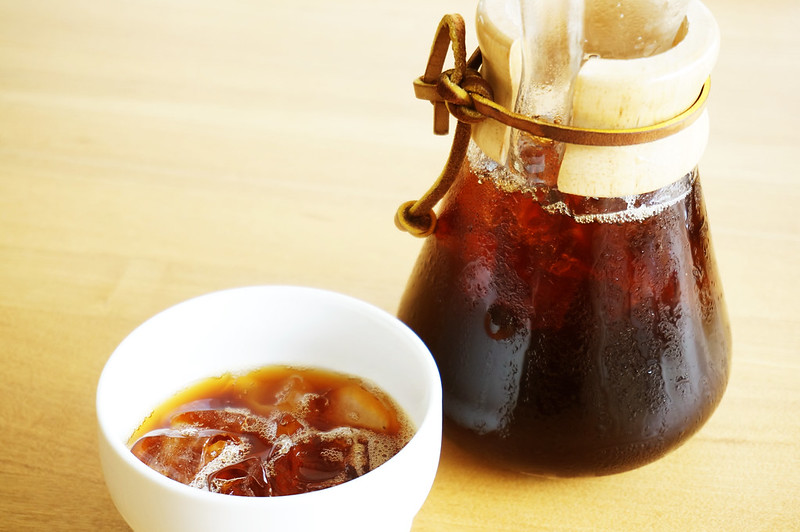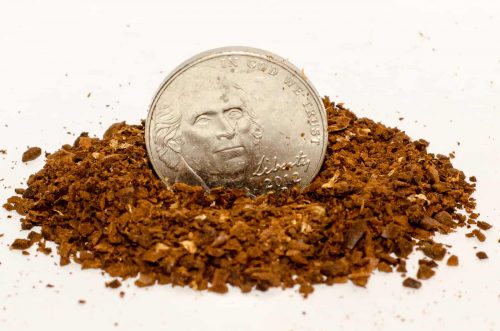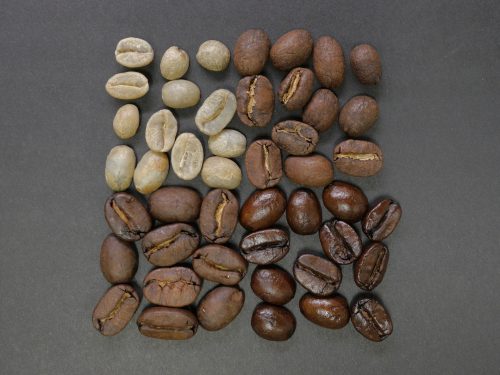Super Easy Cold Brew Coffee Recipe!

“Cold brew” coffee may sound weird at first. Is it like an iced coffee? Is it actually brewed normally or not?
Associating something that is brewed using cold water with coffee may seem unnatural.
Yet cold brew coffee is becoming increasingly successful and appreciated. Most people choose it for its different characteristics from the classic hot brewed coffee.
And no, it’s not like an iced coffee. It is drunk cold, but it’s wholly unlike iced coffee.
The definition of a cold brew coffee is all in its name. It’s a coffee brewed cold.
History of Cold Brew Coffee
For the longest part of its history, coffee has been associated only with hot water. Different machines, different cup sizes, and different added ingredients but coffee was confined to the realm of “hot beverages”.
Iced coffee was born out of the desire to enjoy coffee on a hot day, as a refreshing and reinvigorating beverage, without having to ingest a hot liquid. But iced coffee is always brewed hot.
It is cooled down after the brewing, usually by using lots of ice cubes. Yet its brewing temperature is not unlike others, drinking warm coffee.
Cold brew coffee is never hot. Not when brewed nor after. It is a fundamentally different type of coffee brewing method.
It reached a peak in popularity in the latest years but it was known in some parts of the world for centuries.
In Japan, it was traditional to use a slow drip method with room temperature water. Known as Kyoto-style coffee, it is probably the oldest known cold brew coffee in existence.
The Dutch knew of it and implemented the method in their East Asian colonies, where the coffee was cultivated.
It was not until very recently that cold brew coffee became known and drank all over the world though. It is unclear where it first started to become widespread, but surely it is now an easy, slow, and unique way to enjoy coffee in most of the world’s cafes and bars.
But why so?
Why Drink Cold Brew
What makes the cold brew an inviting alternative to the classic hot brewed coffee? A few reasons, all having to do with the different ways that cold water extracts the soluble elements from the ground coffee, compared to hot water.
Namely, cold brew coffee has lower acidity levels. The intense heat of nearly-boiling water extracts some solubles that are quite acidic, depending on the original acidity content of the coffee beans of choice.
Coldwater doesn’t, and thus the acidity is quite low if even existing at all. Cold brew coffee is easier on the stomach for this reason. This is important if you have issues with acid reflux.
Second, cold brew coffee can be enjoyed cold without having to add ice cubes, and thus diluting it. There’s no risk of drinking a watery coffee with a cold brew, as you are adding pure coffee, that is already cold.
No need to add any ice (but many do nonetheless).
Third, it can be done as a concentrated coffee brew. A very caffeinated liquid that needs to be diluted, in water or milk, in order to be drunken.
The concentrate lasts much longer than hot brewed coffee, which is usually to be drunk in a few hours at most. Cold-brew coffee can be kept refrigerated and doesn’t get stale until many days after brewing.
How To Brew A Cold Brew
So far so good. But how do you actually make cold brew coffee?
It’s much easier than most coffee brewing methods, as the main difficulty is only in accurately calculating the coffee to water ratio and the extraction time.
You’ll approximately need 1 cup of ground coffee for every 5 cups of cold water. The ratio of course depends on the intensity of the taste and caffeine you want in the final drink.
For a concentrated coffee, reduce to half the amount of water (or even less).
You’ll need a large jar and a cheesecloth or a large paper coffee filter. A sieve of generous size will be also useful.
- The actual recipe is elementary.
- Add all the coffee to the jar and pour all the water over it.
- Give it a good stir.
- Steep for about 15 hours, possibly in the fridge but room temperature will do nicely too.
- Then strain into a clean vessel.
- Drink immediately or store in the fridge until consumption.
That’s all there is to know. The difference is all in the choice of the beans, the ground size, the coffee to water ratio, and the extraction time. Playing with these variables will make the cold brew coffee exactly as you want.
Choosing The Right Bean
Especially the beans will make a large difference. The suggested beans for a cold brew coffee differ from a hot brewed one, as the extraction is fundamentally different. Some beans, excellent and flavorful, won’t shine with a cold brew while others will.
Generally speaking, cold brew coffee is best when using not too bitter beans that are gently roasted. If a bean is very bitter the brew will end up extracting just that, making a distasteful cup of coffee.
For a good cold brew coffee choose gentle, subtle, and delicate flavor profiles. Coffee beans from Africa or Central America often match this description, so you can start from one of these origins.
If you plan to mix the cold brew coffee with milk or anything that’s not just water, opt for a tad stronger coffee origin, like a Colombian or Brazilian one.
Best Grind Size
The second aspect to consider is the grind size. Due to the method in which the cold brew is made, without any pressure nor hot water, it is harder for the water to extract the flavor from the ground coffee if it’s finely or even medium ground.

The length of the extraction helps but up to a point. For optimal extraction, grind your beans very coarse. That maximizes the surface the water is in contact with during the extraction, at the same time permitting it to pass between the small pieces of coffee, which a very fine ground size won’t allow.
Best Roast For Cold Brew
Another aspect to consider when making cold brew coffee is the roast level. Cold-brewed coffee favors extracting the more delicate flavors.
That means that a dark roast, a level in which the beans have already lost most of those flavors, won’t be the best choice for a cold brew.
A very light roast may not be exactly good either. Most of the beans used for these roasts shine thanks to their bright acidity but, as we have seen, in a cold brew acidity is lost.

Some lightly roasted coffee can work very well as a cold brew but not all will. Generally, your best bet is a light-medium or medium roast.
You will retain the subtler flavors while gaining somebody and roast flavor.
Whatever you go for, experiment with different coffee to water ratios to find the perfect spot for your taste. Once you find it, stick to it and just change the beans.
The Shelf Life Of Cold Brew
Eventually, you settle on your favorite combination of beans and ratio for the best cold brew coffee you can make. Don’t forget to keep the cold brew refrigerated between every consumption and aim to consume it within 7 days.
It can be drunk after that but it will probably start to develop a different taste profile than you may like. It won’t go completely bad, as in harmful for your health though.
It will just be as a hot brewed coffee that has been left on the table for too long: unpleasant. If you forget it in the fridge for too long, the last solution is to dilute it with double the amount of water and use it to irrigate your plants.
The minerals contained in the coffee are of great help for the growth of your green friends!